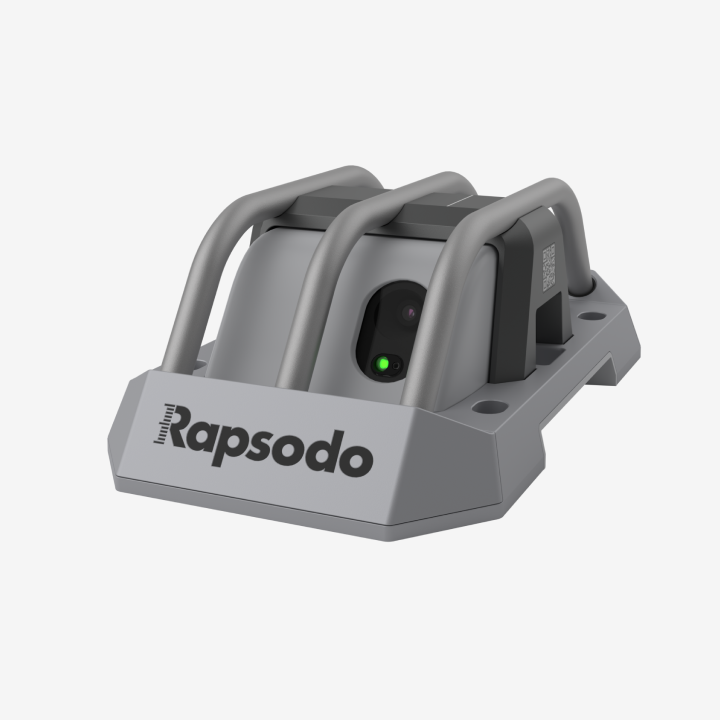Most companies don’t recruit people who’ve expressed hatred for their products. But MLB catcher Rafael Lopez had a good reason for his harsh feelings about Rapsodo in the early days.
“As a hitter, I hated Rapsodo,” Lopez said. “It made pitchers too good. Once they understood their data and how to use it, average pitchers became good and good pitchers became great.”
Of course, it wasn’t all bad. Lopez also used Rapsodo to validate his approach at the plate that wouldn’t have been supported by his coaches -until the data helped him challenge their conventional wisdom.
Like most players, especially those of smaller stature, Lopez had always been coached to swing down on the ball and favor ground balls over fly balls. He believed that approach led him to “clog up the base paths” when he could have had more success elevating the ball. This was especially frustrating when he saw some of his peers doing exactly that.
“When I was with the Cubs, I’d watch Javy Baez in spring training and wonder why we weren’t being taught to hit like that,” Lopez said. “He definitely wasn't swinging down.”
At that time, coaches simply believed the approach of guys like Baez was the result of something more natural to them and their swing. Lopez believes that if there was more data to show what that approach produced, coaches could have helped more players replicate that approach and see similar results.
Turns out, he was right.
Lopez was catching for the Blue Jays in 2017 when he was exposed to the original Rapsodo model – Rapsodo 1.0 as we call it – on a tripod behind him in the bullpen.
In the latest episode of the Rapsodo Baseball Podcast, he talks to Seth and BP about the ways Rapsodo impacted his interactions with pitchers, provided immediate feedback for position players, and how data helped prove his old hitting coaches wrong.
For more information on Rapsodo products, visit www.rapsodo.com.













